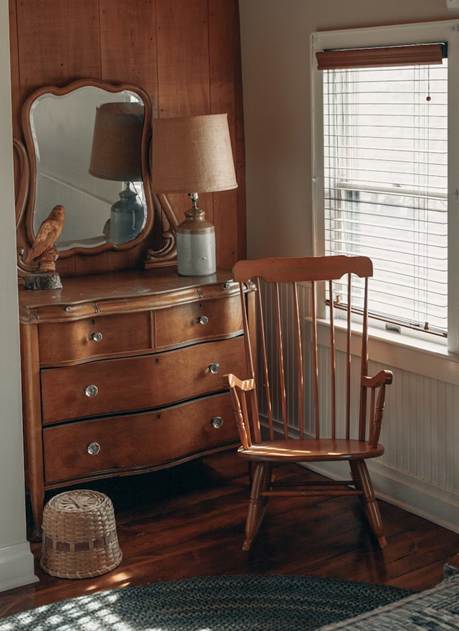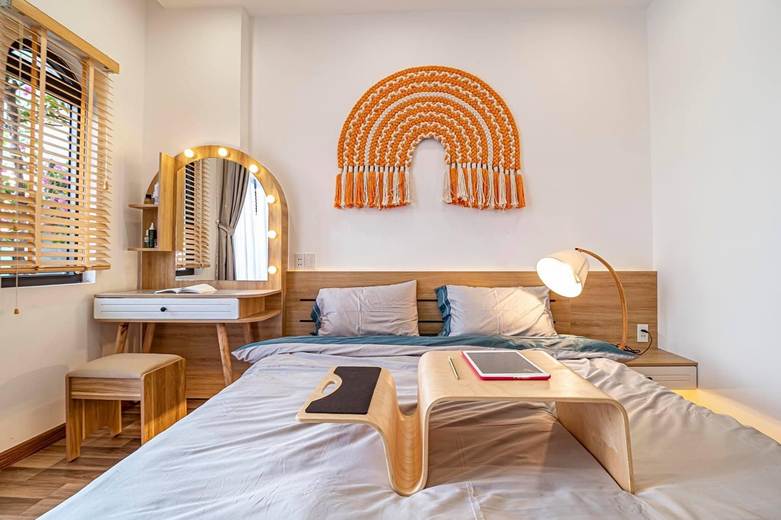Choosing the right wood for furniture is more than just a matter of aesthetics; it plays a crucial role in determining the durability, maintenance needs, and value of your property. Furniture made from solid wood can last for generations, adding lasting beauty and functionality to any space. With the multitude of wood types available, it’s important to understand their characteristics, strengths, and weaknesses. Each wood type affects how well it stands up to daily use and environmental conditions. This comprehensive discussion will explore the various types of wood suitable for furniture, their distinct advantages, potential drawbacks, and how each can impact the ambiance and value of residential and commercial properties alike.

Understanding Different Wood Types
When selecting wood for furniture, it is crucial to recognize that wood types can be categorized broadly into two distinct groups: hardwoods and softwoods. Hardwoods, derived from deciduous trees such as oak, maple, and cherry, possess denser cellulose fibers, making them exceptionally durable and resilient. These woods are often sought after for their intricately beautiful grains and rich colors, easily elevating the aesthetic of any furniture piece. Softwoods come from coniferous trees like pine, cedar, and fir. They tend to grow faster and are lighter in weight. While softwoods may be less durable than hardwoods, they offer their own advantages. They are generally less expensive and easier to work with, allowing for more diverse furniture styles and configurations. Each category has a instinct appeal, and understanding where they fit in furniture selection can significantly influence a property’s style and longevity.
The Characteristics of Hardwoods
Hardwoods have a reputation for being sturdy and long-lasting, making them ideal for quality furniture. With a variety of options available, such as walnut and mahogany, each type of hardwood brings unique characteristics to the table. Oak, for instance, is known for its impressive strength and resistance to wear and tear. It is appreciated for its open grain, which can be beautifully highlighted with various stains and finishes. Maple, conversely, is prized for its fine, closed grain, lending a smooth finish perfect for contemporary designs. These two woods, among others, represent the best types of wood for furniture, thanks to their robustness and versatility. Hardwood furniture can be refinished several times over its life, effectively rejuvenating old pieces and preserving their lifespan.
Softwoods and Their Unique Appeal
While hardwoods often take the spotlight, softwoods shouldn’t be dismissed as a lesser option. They provide fantastic alternatives for certain furniture applications. Pine, for example, arguably one of the most popular softwoods, is lauded for its attractive grain and the warm tones it can impart to rustic or modern designs alike. Softwoods tend to be lighter, making them easier to maneuver and adapt within various living environments. It’s important to consider the sustainability aspect of softwoods. Many softwoods are harvested from faster-growing trees, contributing to a more rapid renewal of resources. This can make them a more environmentally sound choice. While softwood furniture may not hold up as well under high-traffic conditions compared to hardwood, proper finishes and treatments can bolster its durability, allowing it to serve beautifully for years.
Environmental Considerations in Wood Selection
As awareness of environmental issues grows, property owners are increasingly considering the sustainability of their furniture choices. Wood products can be sourced from sustainable forests, ensuring that harvesting practices minimize harm to the ecosystem. This approach boosts the reputation of products made from responsibly sourced materials. When selecting wood, look for certifications such as the Forest Stewardship Council (FSC), which guarantees that the wood comes from responsibly managed forests. It is important to keep in mind that sustainable wood selections can maintain beauty and integrity while supporting conservation efforts. The impact of wood selection extends beyond aesthetics, influencing the environmental footprint of furniture production and consumption. Thus, incorporating sustainable practices into your wood selection could contribute positively to both health and aesthetics in a property.
Finishing Options and Their Significance
The type of wood chosen is just the beginning; how it is finished significantly impacts the durability and appearance of furniture. Different finishes can enhance or undermine the inherent qualities of the wood. Oil finishes allow the natural beauty of the wood grain to shine through while providing a level of protection against spills and wear. Polyurethane creates a hard, thick layer that offers enhanced protection but can sometimes obscure the wood's grain and character. Varnishes and lacquer finishes may affect the visual and tactile experiences of furniture. Abiding by industry standards in applying these finishes assures that the furniture withstands the rigors of daily use. Proper finishing offers added strength and a longer lifespan for furniture pieces, providing a return on investment for property owners.
Considering Price Versus Quality
In the quest for the perfect wood for furniture, price is invariably a key determinant. While solid hardwoods may come with a higher price tag, their longevity often results in better value. By investing in quality materials, property owners are, in most cases, securing furniture that will age gracefully and resist wear. Affordable options like softwood can yield excellent value for homes or rental properties where aesthetic appeal is desired but the budget is limited. Balancing cost with quality requires discernment, and it is wise to consider the utility and longevity of the pieces you are selecting. Property owners looking to make quality investments in furniture should assess not just the initial cost but also what kind of life the furniture will maintain in function and style over the years, ensuring that it remains a smart investment decision in the long run.
Design Trends Influenced by Wood Choices
The choice of wood plays a monumental role in dictating design trends within the furniture world. Sustainable materials are becoming increasingly popular, emphasizing simple, functional designs that champion natural beauty and craftsmanship. Mid-century modern furniture often features bold color contrasts and unique wood grains, highlighting the best types of furniture wood that possess intrinsic character and personality. As trends evolve, walnut and ash are enjoying renewed popularity, largely due to their contemporary appeal and the warm, organic touch they can bring to living spaces. It's crucial to stay on top of these trends; recognizing which wood types are becoming popular can inform property owners whether an investment will enhance their space in terms of current styles and long-term appeal. The right choice can complement the property’s broader interior design scheme.
Maintenance and Care of Wooden Furniture
Having selected the ideal wood for furniture, ongoing maintenance is vital to preserve its integrity and beauty. Regular cleaning and proper care can mitigate damage, making it crucial to understand specific needs related to each type of wood. Hardwoods may require oiling or waxing to retain shine and prevent drying, while softwoods might need more frequent attention to scratches and scuffs. Utilizing coasters, placemats, and protective pads reduces the long-term effects of wear related to everyday activities. Thus, maintaining wooden furniture must be viewed as an ongoing commitment rather than a one-time endeavor. Engaging in proactive care significantly enhances the furniture's lifespan and retains the property’s aesthetic appeal, turning selected materials into lasting investments.

Selecting the right wood for furniture is a decision that goes far beyond visual appeal; it directly affects durability, functionality, sustainability, and property value. Hardwoods provide timeless strength and versatility, while softwoods offer affordability, ease of use, and sustainable sourcing options. Finishes, price considerations, and design trends shape how each piece contributes to the character and longevity of a space. By carefully weighing these factors and committing to proper maintenance, property owners can ensure that their furniture stands the test of time. Thoughtful wood selection transforms furniture into an enduring investment that enriches both residential and commercial environments.









